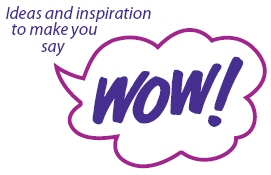Regular readers of my articles will know that I’ve been bleating about the poor service some medical practices deliver to their patients (me included) not in terms of the treatment they provide but rather in the way they interact with people in the reception area. Then God, or rather Jurek Leon spoke to me, by way of his Terrific Tips Newsletter, and suggested that instead of complaining I could help them learn to say sorry by simply getting them to read this terrific article:
Are you sorry?
The way that we say things makes a difference.
For example how do you say sorry to a customer, colleague or supplier? This is a good topic for a short focussed discussion with your team.
You could start by posing a couple of questions –
1. When do we need to say sorry?
2. How do you feel about saying sorry in these situations?
If anyone has difficulty saying sorry in certain situations, point out that by apologising you are not necessarily admitting liability or accepting blame. You are just genuinely letting the other person know that you are sorry that they are distressed or unhappy. For example, “I’m sorry to hear that” or “I’m sorry you’ve had such a difficult time getting in touch with us.”
When saying sorry to someone face-to-face, do ensure that you make eye contact with the person. An apology without eye contact rarely comes across as being genuine.
And say it in a full sentence. There are a lot of people who say, ‘sorry’ without really meaning it. Whereas, if you give it context, for example by saying, “I’m sorry you didn’t get a phone call back on that“, it will come across as being far more genuine, especially when combined with eye contact.
When you’re not face-to-face, the tone of voice becomes particularly important. How do you ensure you have the correct tone of voice? This comes down to your beliefs and your intention.
If your belief is that people deserve an apology when they feel let down by the organisation and your intention is to show the customer that you care, your tone of voice will come out in the right way.
Please don’t lecture your team on these points. It will have far more effect if you treat it as a focussed discussion session. Raise the issue, pose the questions and keep the conversation on the topic. Allow everyone to have their say and summarise the discussion, highlighting the key points and offering guidance when required.
If you do, you won’t be sorry.
Sale!
Get these 2 great programmes for just $50 (normally $360).
How to be BIG on Customer Service
How to sell BIG! ... even in tough years
Each one contains 4 CDs of priceless information from Winston Marsh and Doug Malouf. As fresh today as when they were recorded.

Recent Comments